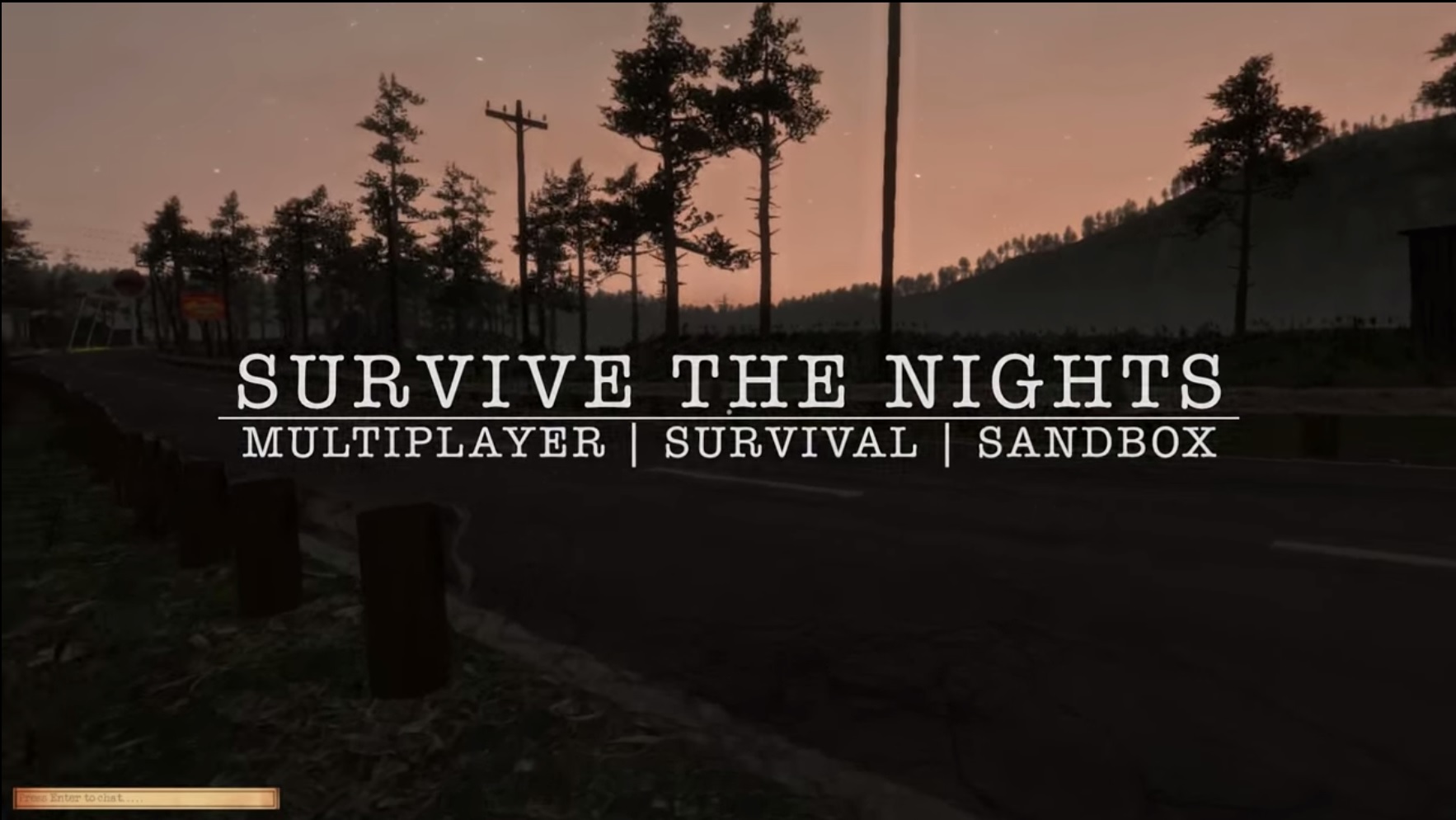

Brazilian Bachelor’s Button – Centratherum intermedium.Braconid Wasps Are Parasitoids of Butterfly and Moth Caterpillars.Blinded Sphinx Moth – Paonias excaecata.Blanket Flower – Gaillardia x grandiflora.Black Death is NOT a Disease – What is it?.


If the temperature, light, and other factors are not conductive for releases, chances are that they will land on the ground where people will step on them. Place them underneath the end of a low tree limb, as high as you can reach. If you MUST release in the dark, do the same as for low temperatures. When it is dusk or dark, they sit and wait for sunshine. Light: Release an hour before sunset if possible.Īlthough they can be released thirty minutes before sunset, their chance of survival is greater if they are released an hour before sunset. If you MUST release in the rain, do the same as for low temperatures. Instead, they land and wait for the rain to stop and for their bodies to dry before they fly again. Rain: If it is raining too much for you to want to stand in it, don’t release butterflies in it. If they are wet in freezing temperatures, they will die. It protects them from rain and wind.Īlthough some species of butterflies will live through freezing temperatures, they do not fly when it is cold. This keeps them out of the reach of ground predators such as ants. If they must be released in cooler weather, it is best to place the butterfly underneath the end of a a low tree limb, as high as you can reach. Few can fly in temperatures below 60 degrees. Temperature: Ideal release temperatures are above 70 degrees although they can be released down to 60 degrees.īutterflies are cold-blooded critters. Yet we want to release it at the best time for its own safety. 1) Temperature 2) Rain 3) LightĪfter raising a caterpillar and watching the adult butterfly emerge, we’re excited and ready to release it. Is the weather fine to release butterflies? Is it too cold? Too windy? Too rainy? Let’s look at all the things that can affect a butterfly when it is released.


 0 kommentar(er)
0 kommentar(er)
